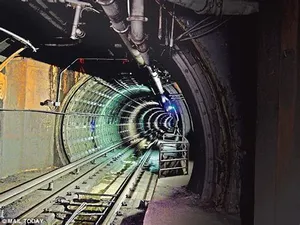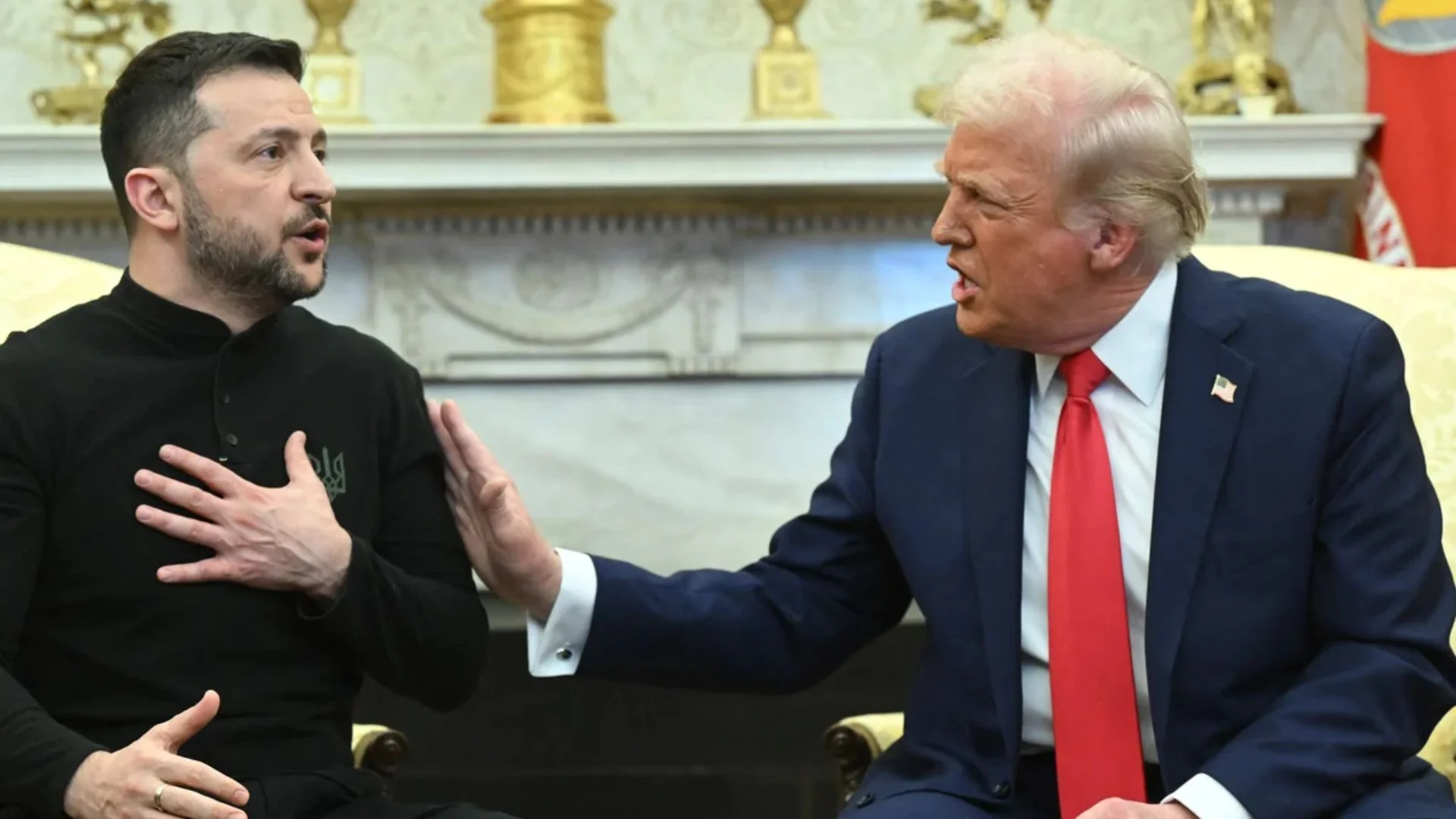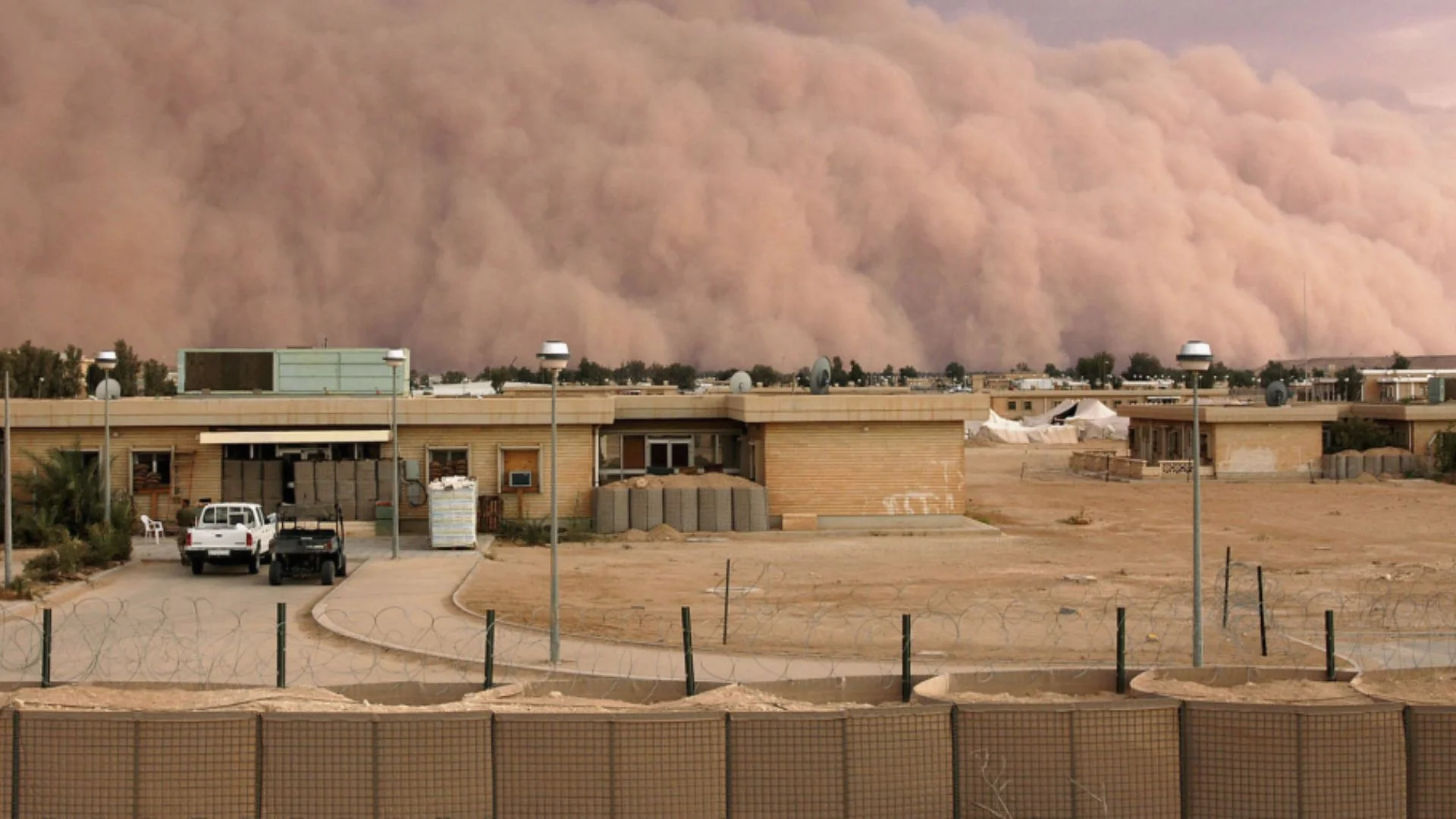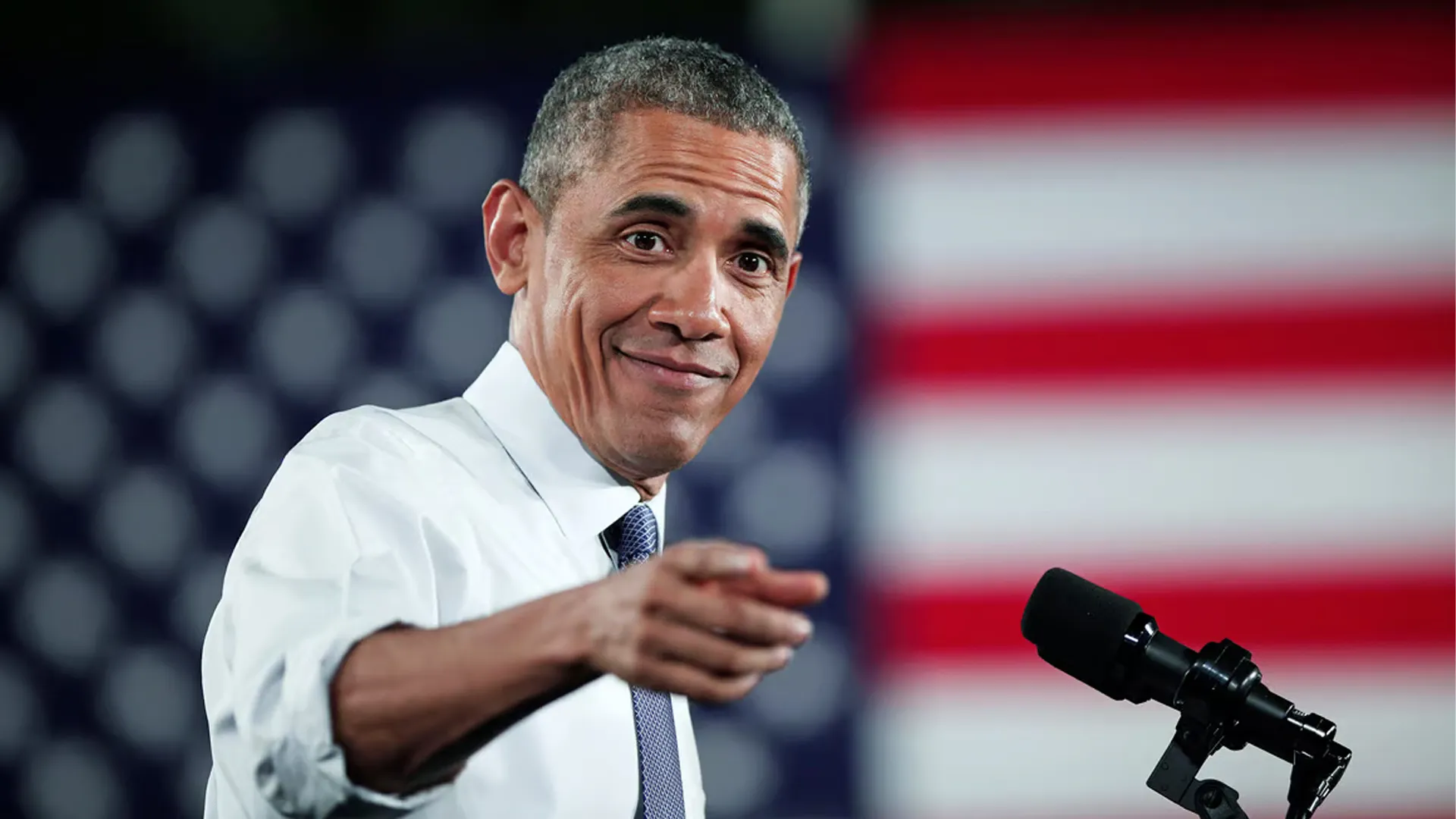India’s much-awaited maiden under-river journey is expected to commence this Sunday when two Metro trains make their trial runs beneath the Hooghly river to connect the main business areas of the twin cities of Kolkata and Howrah. For the past 80 years, it was the iconic Howrah Bridge that connected the two cities. Once commissioned, the East-West Metro corridor, or Kolkata Metro’s Green Line will connect two of the busiest business districts in East India by running beneath the Hooghly river.
The Kolkata Metro Rail Corporation is readying two six-coach trains for the trial run between Esplanade and Howrah Maidan, the 4.8km section on which the KMRC authorities have decided to begin operations without waiting for the completion of the much-delayed 2.5km Sealdah-Esplanade section.
The two old cities of Howrah and Kolkata, on the banks of the Hooghly, have a rich, shared history and culture. In 1943, an engineering marvel helped link the two—the Howrah Bridge, later renamed the Rabindra Setu after Rabindranath Tagore. Today, it is probably the busiest cantilever bridge in the world. Almost 80 years later, a new link between the cities is getting ready—a metro rail through the riverbed. It will be the first underwater metro in India.
According to KMRC officials, the Howrah Metro Station will be the deepest metro station in the country, situated 33 metres under the ground. The Hauz Khas metro station in New Delhi, with a depth of 29 metres, currently has this distinction. One has to descend 267 steps to reach the platform level, which will have 26 escalators, seven lifts and double-discharge facility (passengers can board or alight from both sides). The Hooghly river flows 225 metres from the station.
The trains will run through two underwater tunnels that are 520m long. Special heat-proof train tracks have been brought from Austria. There is a ventilation and evacuation shaft along the centre of the tunnels. The 44-metre shaft opens on to Kolkata’s Strand Road and is reinforced using the sophisticated ‘New Austrian’ tunnelling method.
The 16.6 km East-West Metro corridor or Kolkata Metro’s Green Line, links Sector V in east Kolkata with Howrah Maidan across the river via Sealdah and Esplanade. The section between Sector V and Sealdah is already operational while the construction of the under-river section was completed about a year ago. But the Sealdah-Esplanade section has been much delayed with the area witnessing three major subsidences since August 2019.
Metro Railway officials are confident that the two trains for Sunday’s trial run can be taken from the Salt Lake depot to Howrah Maidan through the east-bound tunnel between Sealdah and Esplanade (it is the west-bound tunnel that witnessed repeated cave-ins and is still incomplete).
KMRC managing director HN Jaiswal said, “There are many technicalities that must fall in place for the trains to be taken across to Howrah Maidan.” On that day, as the rakes travel a distance of 14.5 km from the Salt Lake depot to Howrah Maidan at the other end of the line, it is the passage through the 520-metre tunnel under the river that will be keenly followed by not just KMRC officials but railway enthusiasts across the country. After crossing the river, the trains will pass through Howrah station, the deepest Metro station in the country at 33 metres below the ground.
The date for commencement of commercial service on the Esplanade-Howrah Maidan stretch would depend on the success of the trials and the nod from the Commissioner of Railway Safety. Jaiswal had earlier said they plan to operate a truncated service between the two stations by the end of the year.
It will be another honour for Kolkata, which was the first Indian city to get a Metro in October 1984, some 18 years before Delhi got its first Metro line in December 2002. Much has changed in Kolkata since then because of rapid urbanisation. But, there is still a lot of excitement for the underwater rail. And, this new engineering marvel is sure to become another icon for the twin-cities.
The implementing agency KMRC was aiming to conduct maiden trials along the last leg of the 16.6km corridor in November last year. But the twin subsidences – the first one in May and again in October last year – at Bowbazar delayed the final Howrah Maidan-run. Since then, efforts have been on to conduct the trial run between Esplanade and Howrah Maidan terminal station.
Construction of the stretch between Esplanade and Howrah Maidan is over. The stations are ready for operations as well, save the Mahakaran station which is currently getting finishing touches.
The Metro Railway GM had earlier this month said efforts were under way to start a truncated service between Howrah Maidan and Esplanade on the East-West Metro corridor by the end of this year if the Sealdah-Esplanade section isn’t completed by then.
However, officials involved in the project pointed out that the Bowbazar stretch could pose a challenge even after a successful trial run. They say that for regular train operations between Esplanade and Howrah Maidan, at least one of the tunnels between Esplanade and Sealdah has to be ready so that the rakes can be taken to the depot at Central Park for regular maintenance.
ITD-ITD Cementation, contracted to build the last 2.5km leg of East-West Metro, had given up work of linking the twin tunnels below Nirmal Chunder Street, fearing fresh subsidence. Work to join the twin tunnels with the vent shaft at Subodh Mullick Square has been underway since April 1 last year, but the work slowed down considerably after the cave-ins on May 11 and October 14.
The authorities are currently weighing ground freezing method to strengthen the soil so that the twin tunnels may be linked to the vent shaft at Subodh Mullick Square. The area has the same soil character as Bowbazar’s Durga Pituri Lane where houses first fell in a subsidence on August 31, 2019.
East-West Metro now runs truncated services along 9km – from Sector V to Sealdah. Since the west-ward tunnel is incomplete, trains between Phoolbagan and Sealdah are being run through the eastward tunnel.

















